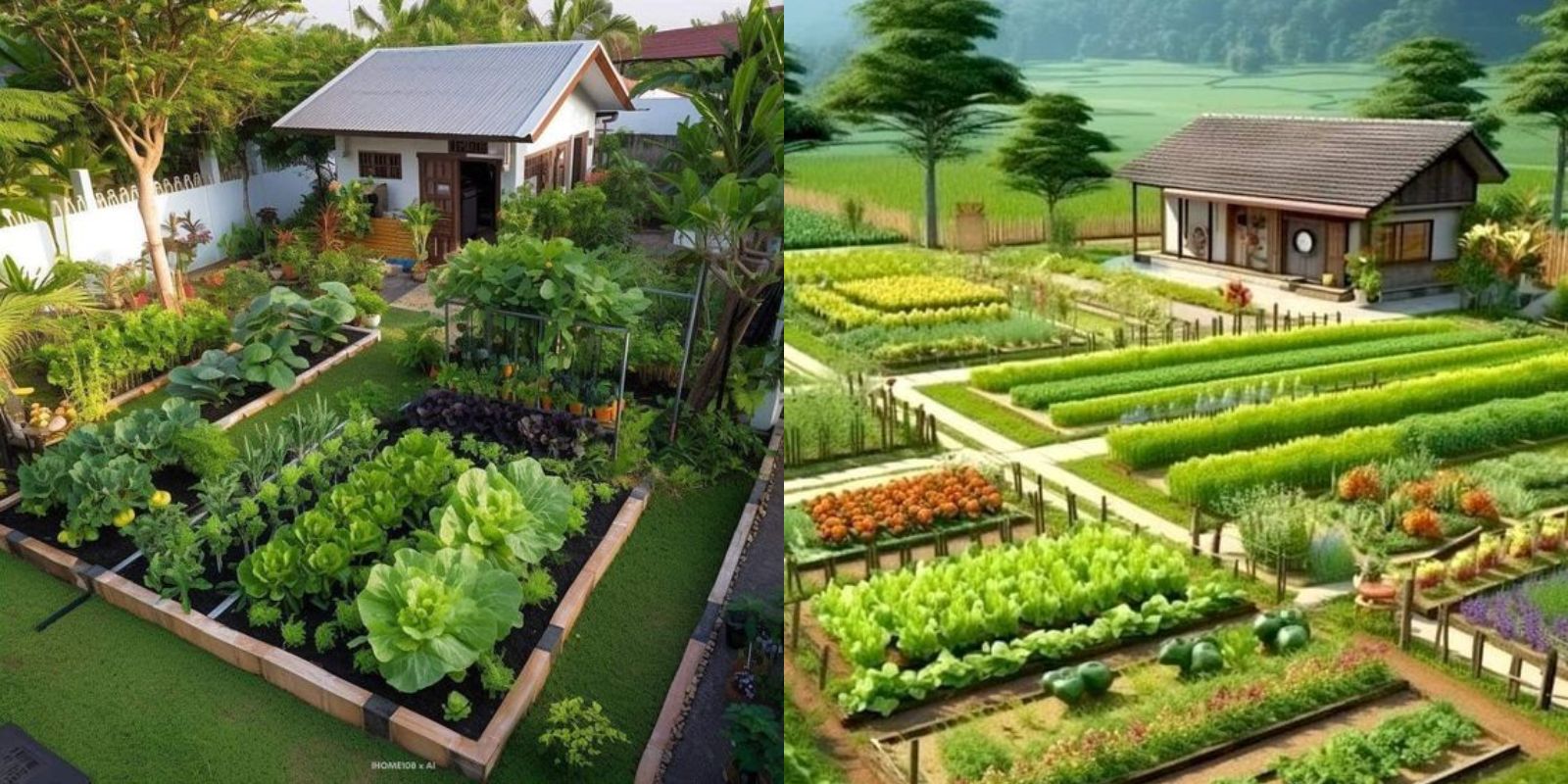Starting a home garden is a fulfilling endeavor that brings fresh produce, beautiful flowers, and a sense of connection to nature right to your doorstep. Whether you have a sprawling backyard or a compact balcony, gardening can be adapted to fit any space. This guide will provide you with essential steps and ideas to help you start your own garden at home, no matter your level of experience.
Choosing the Right Space for Your Garden
The first step in starting a garden is selecting the right location. The amount of sunlight, soil quality, and space available are crucial factors to consider:
- Sunlight: Most vegetables and flowers need at least 6-8 hours of direct sunlight daily. Observe your space throughout the day to determine which areas receive the most sun. South-facing locations generally offer the best light.
- Soil Quality: Healthy soil is the foundation of a thriving garden. If you’re planting in the ground, test the soil for nutrients and pH levels. For containers, choose a high-quality potting mix.
- Space Considerations: Decide whether you’ll use garden beds, containers, or a combination of both. Raised beds are great for larger spaces, while containers are ideal for patios, balconies, and windowsills.
Selecting Your Plants
Choosing the right plants is essential for a successful garden. Here are some tips to help you make the best selections:
- Climate and Season: Select plants suited to your climate and the current season. Research the growing zones in your area to find plants that will thrive.
- Beginner-Friendly Choices: If you’re new to gardening, start with easy-to-grow plants such as herbs (basil, mint, parsley), leafy greens (lettuce, spinach), and hardy vegetables (tomatoes, peppers, cucumbers). These plants are generally more forgiving and require less maintenance.
- Space-Saving Options: For small spaces, consider vertical gardening techniques like trellises for climbing plants (beans, peas) or stacking planters for herbs. Dwarf or compact varieties are also great for limited spaces.
Preparing the Soil
Good soil preparation is crucial for healthy plant growth. Here’s how to get started:
- Testing and Amending: If you’re using garden beds, test your soil to determine its nutrient content and pH level. Amend the soil with compost, organic matter, or specific nutrients as needed. For containers, use a well-draining potting mix enriched with compost.
- Weed Control: Remove any existing weeds from your garden area to prevent them from competing with your plants for nutrients and water.
- Soil Structure: Loosen the soil to improve drainage and aeration. This can be done with a garden fork or tiller for in-ground gardens, or by simply mixing the potting soil for containers.
Planting Your Garden
Once you’ve prepared the soil, it’s time to plant. Follow these steps for a successful start:
- Spacing and Depth: Pay attention to the spacing and planting depth recommended for each plant. Crowding can lead to poor air circulation and increased susceptibility to disease.
- Watering: Water your plants thoroughly after planting. Ensure consistent moisture levels, especially during the early stages of growth. Avoid overwatering, which can lead to root rot.
- Mulching: Apply a layer of mulch around your plants to retain moisture, regulate soil temperature, and suppress weeds.
Caring for Your Garden
Ongoing care and maintenance are key to a thriving garden. Here are some tips:
- Watering: Monitor your garden’s moisture levels and water as needed. Early morning or late afternoon is the best time to water, as this reduces evaporation and prevents leaf burn.
- Fertilizing: Depending on your soil quality and plant needs, you may need to fertilize your garden. Use organic fertilizers or compost to provide essential nutrients.
- Pest and Disease Management: Keep an eye out for pests and diseases. Use natural pest control methods, such as introducing beneficial insects or using organic sprays. Remove any diseased plants promptly to prevent spread.
- Pruning and Support: Regularly prune your plants to encourage healthy growth and remove any dead or damaged parts. Provide support for climbing plants with stakes, cages, or trellises.
Harvesting and Enjoying Your Garden
The most rewarding part of gardening is harvesting your home-grown produce. Follow these tips to make the most of your harvest:
- Timing: Harvest fruits and vegetables when they are ripe for the best flavor and nutritional value. Regular harvesting can also encourage more production.
- Storage and Preservation: Some produce can be stored fresh, while others may require preservation methods such as canning, freezing, or drying.
- Sharing and Enjoying: Share your garden’s bounty with friends and neighbors, or experiment with new recipes using your fresh ingredients.
Expanding Your Garden
As you gain experience, you may want to expand your garden. Consider these ideas:
- Diverse Plant Selection: Try growing new and unusual plants, such as exotic herbs or heirloom vegetables.
- Ornamental Gardening: Incorporate flowers and ornamental plants to add beauty and attract beneficial insects.
- Sustainable Practices: Explore sustainable gardening techniques, such as composting, rainwater harvesting, and organic pest control.
Conclusion
Starting a home garden is a fulfilling and enjoyable journey that offers numerous benefits, from fresh produce to mental relaxation. By choosing the right location, selecting suitable plants, and following proper gardening practices, you can create a thriving garden that brings joy and abundance. Whether you’re a beginner or an experienced gardener, there’s always something new to learn and explore in the world of gardening.
Get started on your gardening adventure today and share your progress with others. Your journey could inspire someone else to discover the joys of growing their own garden! 🌿🍅🌼

